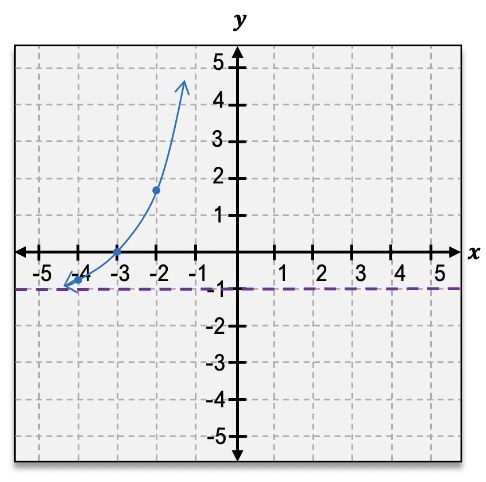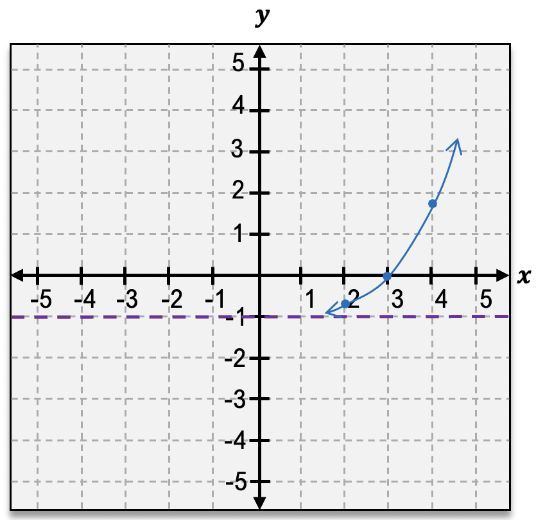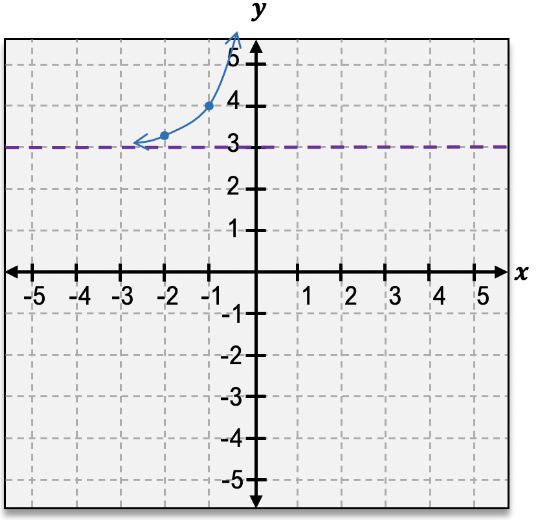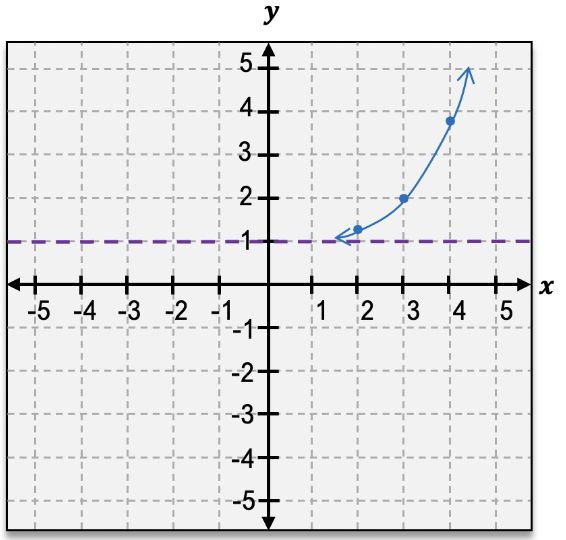Table of contents
- 0. Fundamental Concepts of Algebra3h 32m
- 1. Equations and Inequalities3h 27m
- 2. Graphs1h 43m
- 3. Functions & Graphs2h 17m
- 4. Polynomial Functions1h 54m
- 5. Rational Functions1h 23m
- 6. Exponential and Logarithmic Functions2h 28m
- 7. Measuring Angles40m
- 8. Trigonometric Functions on Right Triangles2h 5m
- 9. Unit Circle1h 19m
- 10. Graphing Trigonometric Functions1h 19m
- 11. Inverse Trigonometric Functions and Basic Trig Equations1h 41m
- 12. Trigonometric Identities 2h 34m
- 13. Non-Right Triangles1h 38m
- 14. Vectors2h 25m
- 15. Polar Equations2h 5m
- 16. Parametric Equations1h 6m
- 17. Graphing Complex Numbers1h 7m
- 18. Systems of Equations and Matrices3h 6m
- 19. Conic Sections2h 36m
- 20. Sequences, Series & Induction1h 15m
- 21. Combinatorics and Probability1h 45m
- 22. Limits & Continuity1h 49m
- 23. Intro to Derivatives & Area Under the Curve2h 9m
6. Exponential and Logarithmic Functions
The Number e
Struggling with Precalculus?
Join thousands of students who trust us to help them ace their exams!Watch the first videoMultiple Choice
Graph the given function.
g(x)=ex+3−1
A
B
C
D
 Verified step by step guidance
Verified step by step guidance1
Identify the base function: The given function is g(x) = e^(x+3) - 1. The base function is f(x) = e^x, which is an exponential function with a horizontal asymptote at y = 0.
Determine the transformations: The function g(x) = e^(x+3) - 1 involves two transformations of the base function f(x) = e^x. The '+3' inside the exponent indicates a horizontal shift to the left by 3 units, and the '-1' outside the exponent indicates a vertical shift downward by 1 unit.
Identify the new horizontal asymptote: The vertical shift of -1 unit moves the horizontal asymptote from y = 0 to y = -1.
Plot key points: Start by plotting the point that corresponds to the y-intercept of the base function, which is (0, 1) for f(x) = e^x. Apply the transformations to this point: shift left by 3 units to (-3, 1) and then down by 1 unit to (-3, 0).
Sketch the graph: Draw the curve starting from the transformed y-intercept, approaching the horizontal asymptote y = -1 as x approaches negative infinity, and rising steeply as x increases, reflecting the exponential growth of the function.
Related Videos
0








